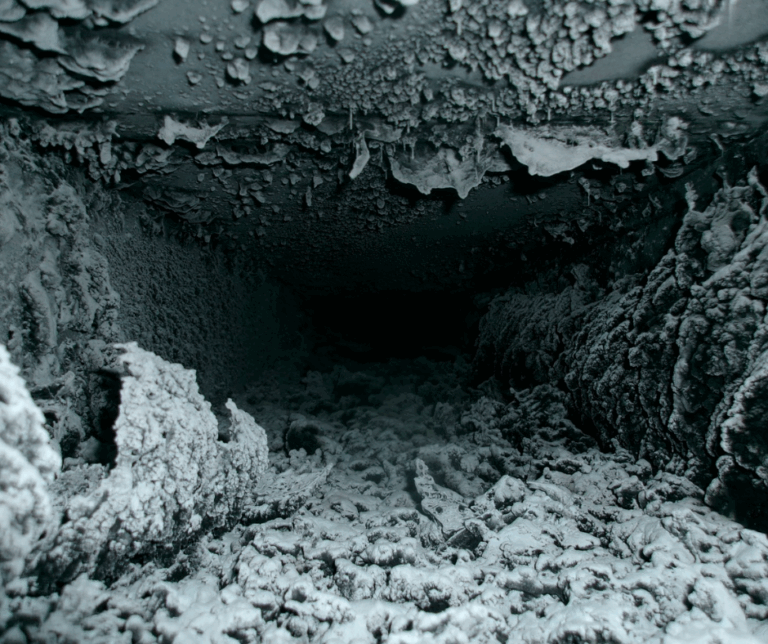In today’s modern world, a startling reality often goes unnoticed: people in developed countries spend more than 90 percent of their lives indoors. This estimate is equivalent to approximately 22 hours a day. Whether at home, work, school or in public places, we are constantly exposed to indoor environments that have a significant impact on our health and well-being – indeed some diseases have been related to Indoor Air Quality.
The silent health threat in our everyday spaces
Indoor air quality (IAQ) refers to the quality of air inside buildings and structures, particularly as it relates to the health and comfort of building occupants. A wide range of diseases has been related to poor indoor air quality: from mild discomfort to serious respiratory diseases.
Exposure to indoor air pollutants can trigger or aggravate respiratory diseases such as:
- Asthma: indoor allergens such as dust mites, pet dander and mould spores are known as asthma triggers
- Chronic obstructive pulmonary disease (COPD): can aggravate by exposure to particulate matter and volatile organic compounds
- Bronchitis: often develops after prolonged exposure to irritants in indoor air
- Allergic reactions and respiratory diseases
Indoor environments harbor numerous allergens that can cause reactions ranging from mild to severe. A recent research shows that allergic rhinitis (AR) has an overall prevalence of 21.2% in Saudi Arabia, highlighting the significant impact of indoor air quality related illnesses on the population.
Common allergens and triggers found in indoor environments include:
- Perfumes and chemicals: studies show perfumes (36.8%) are the most prevalent trigger for allergic rhinitis
- Dust (27.3%) and dust mites
- Air conditioning systems (23.4%), which can harbor mold and bacteria
- Air pollution (14.5%) from indoor sources
- Tobacco smoke (10.8%)
Taking action for healthier indoor environments
It is important to recognise when symptoms and diseases are related to the indoor air quality. By acting in this way, exposures can be reduced or eliminated where possible. Improving indoor air quality requires a multi-faceted approach:
Improving indoor air quality requires a multifaceted approach:
- Proper ventilation: ensure appropriate fresh air exchange
- Comprehensive HVAC maintenance: regular professional inspections and cleaning of heating, ventilation, and air conditioning systems are essential to prevent the buildup of contaminants and ensure optimal performance
- Innovative monitoring solutions: implementing advanced technologies like Remotair, which continuously monitors HVAC systems from the inside, providing real-time data on air quality and system efficiency
- Source control: eliminating or reducing pollutant sources
- Air cleaning: using high-efficiency air purifiers where suitable
By understanding the crucial link between diseases and indoor air quality, we can take predictive steps to create healthier indoor environments where we spend the vast majority of our lives.





